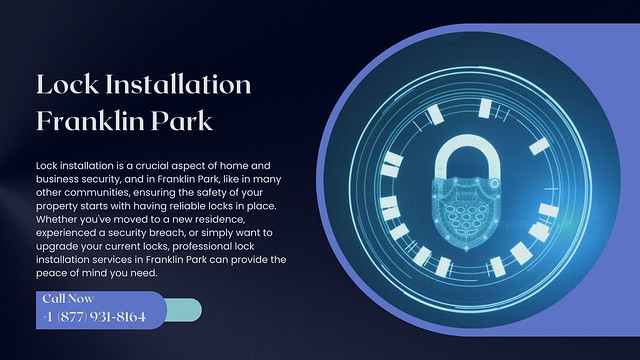
Networking of IP Camera Solutions
IP cameras transmit digital signals, making them capable of more advanced video analytics than analog cameras. They also often encrypt data, increasing security.
Recording, storage, and management solutions for IP cameras are vital to the success of a surveillance system. These systems can include NVRs (network video recorders), VMSes, and cloud-based software and storage.
Video Quality
IP cameras offer high image quality due to their progressive scanning and megapixel sensoring. They can also deliver superior zoom capabilities to allow you to see objects or people more clearly. They can also save you money on networking and installation costs by replacing multiple analog cameras with one IP camera that has a wider field of view. Additionally, they typically use Power over Ethernet (PoE), so you can power them and send data through a single cable versus a complex cabling system.
Remote access is another significant benefit of IP cameras. Having the ability to check on your business from ip cameras solutions anywhere with an internet connection gives you a level of peace of mind that traditional CCTV systems cannot match.
In addition to providing remote access, many IP camera solutions can be integrated with other web-based applications that boost their functionality. For example, you can connect your cameras with your time and attendance system to automate tasks like logging employee work hours or providing access control for visitors.
However, you must be aware that IP cameras require a greater bandwidth than their analogue counterparts. This may make them susceptible to cyberattacks and other threats if your network infrastructure is not strong enough. It’s also important to calculate your property’s Internet quota when implementing IP camera solutions. This will prevent you from using up your quota unnecessarily when monitoring security footage.
Remote Access
The ability to access IP cameras remotely from desktop software and mobile apps is a common feature. It helps security professionals respond to events quickly, and it reduces the time it takes to notify authorities of a potential crime in progress. This is particularly important for businesses that operate in areas of the world with a high risk of theft or robbery.
Compared to analog cameras, IP cameras require significantly more bandwidth to send and receive data. This is especially true when they have added features such as facial recognition and motion detection. Therefore, a company with a quota-based Internet plan may need to adjust its usage.
IP cameras can be configured to transmit their data to cloud storage facilities, solid-state drives (SSDs) or hard-disk drives. Some advanced solutions also combine cloud storage with built-in storage, allowing security teams to use different devices to upload and download footage without using local storage space.
IP cameras can connect to the network over Ethernet, Wi-Fi or a cellular connection. The most secure option is a wired connection, as there is little chance of signal interference from other devices on the same network. Using a wireless network can be less secure, but it is convenient and provides good data transmission speeds. Some IP cameras have PoE capabilities, allowing them to transmit both data and electrical power over the same cable.
Security
IP cameras have an advanced set of features including remote monitoring capabilities, integration with other security systems and advanced analytics. They can monitor foot traffic and track movements in real-time and identify suspicious activities, giving you peace of mind. They can also integrate with access control and alarms, creating a comprehensive and efficient security ecosystem.
Another important security measure is data encryption. This scrambles data so that only authorized parties can Bokysee security camera supplier decode it, making it harder for hackers to steal information and disable devices. Using modern encryption standards ensures that hackers won’t be able to access the footage or files stored on your camera’s server.
Moreover, IP cameras don’t require co axial cables or a computer station for transmission and can be positioned anywhere. They can be connected to Wi-Fi, 3G or 4G for wireless transmission and may use different lens systems depending on the scope of the area that needs to be monitored. This makes them a versatile option, suitable for temporary and permanent surveillance solutions.
However, it is important to note that because of their connectivity to the internet, IP cameras are susceptible to cyber attacks and hackers. This is because they create massive amounts of network traffic and can be used to perform DDoS attacks. In addition, the data transmitted by these devices can be observed by observing traffic patterns and obtaining credentials from Universal Plug and Play (UPnP) traffic.
Installation
From assessing and potentially upgrading your network to installing cameras, connecting to them, and managing them, proper networking of IP camera solutions requires an understanding of basic tools and principles. You’ll also need to familiarize yourself with the nuances of setting them up effectively and efficiently, including changing default settings, periodically updating firmware, and ensuring remote data visibility.
The first step in establishing an effective surveillance system is to sketch out a layout plan that ensures your property is completely covered. This includes identifying key areas of concern, addressing lighting conditions, and avoiding potential blind spots.
You should also consider power and bandwidth requirements, as well as storage options. Cameras with built-in storage, like SD card slots, can offer backup recording in the event of a network interruption. You should also consider network-attached storage (NAS) or cloud-based storage for additional capacities and increased availability.
Once your system is set up, you’ll need to connect your IP cameras to your Wi-Fi network or a wired ethernet connection. The wired network is considered the most secure, with fewer chances of interference or unauthorized access. If you choose to go with a wireless setup, be sure to maintain a strong Wi-Fi signal and regularly check connections for looseness or wear and tear. You’ll also want to verify that your network router supports DHCP, which automatically assigns dynamic IP addresses.


